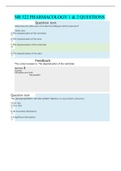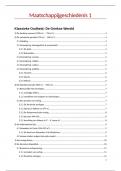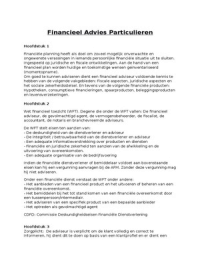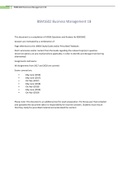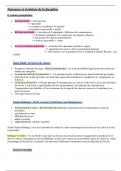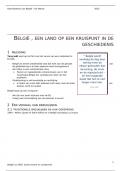Summary
Summary Earth Materials and Natural Resources
- Course
- Institution
Extensive notes explaining the environments, formation, extraction, prospecting techniques, hazards and environmental considerations of coal, hydrocarbons, metallic ores, igneous associations, sedimentary associations and non-metallic minerals
[Show more]





